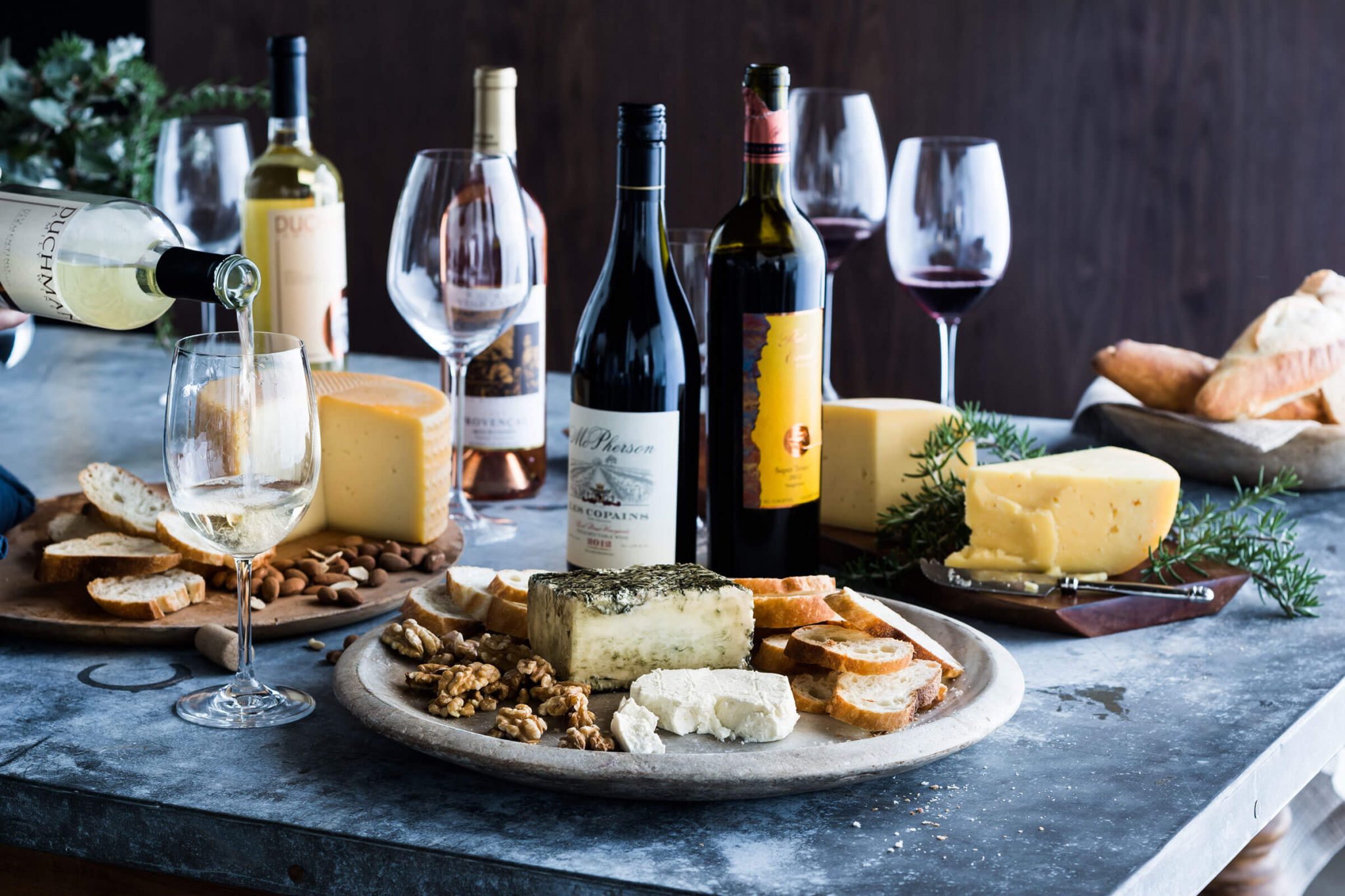Ask me about my favorite wine, and I’ll say “the kind that comes in a bottle … with a cork!”. Pressed to be more specific, I’ll confess a secret adoration for anything sweet. Imagine my delight at the discovery of ice wine – eiswein in Europe, or icewine as trademarked in Canada.

The origins of this heavenly-sweet wine are up for debate. Sometime between 1794 and 1830 in Germany, some grapes were frozen on the vine, hurriedly harvested and then crushed while still frozen. The process has been finessed since then, and ice wine is now produced in a deliberate but risky decision to leave the grapes unharvested long after they are ready. Hungry wildlife and falling fruit take their toll on the harvest volume. And then there’s the timing: temperatures need to be cold enough (around -7º C) to ensure a good freeze, but not so severe that the little frozen orbs are unpressable.

Since a large portion of the water content in the grapes remains frozen, and only the sugary syrup is forcibly extracted – breaking a few wine presses in the process – vintners have just a modest amount of liquid left to ferment. The high sugar content results in a long, slow fermentation process of several months, followed by a languid repose in the barrels.

The outcome of all this reduction is that ice wine is seldom sold in measures exceeding 375ml. And with a price tag to match. Those elegantly narrow bottles hold the promise of a dessert wine so outrageously sweet (anywhere from 32–46 Brix), you have to pair it with something mild, a good chunk or artisan cheese, or nothing at all. Ice wine packs intense flavor into each silky sip. Depending on where its produced and the cultivars used, expect a range of berry and stone fruit notes, but ice wine can be unexpectedly acidic. Be sure to leave your glass in the fridge while you wait for the wine to chill.

Ice wine production has grown steadily, with several wineries artificially forcing the process by freezing the grapes after picking. This reduces the risk of missing the “cold, though not too cold” weather window, but wine made this way can’t legally be called icewine. You’ll know it as iced wine or icebox wine and is marginally easier to find at your local merchant. While you’ll enjoy satisfying examples of ice wine from Germany, Austria and the US, Canada has undoubtedly won at this game. As an extraordinary indulgence to end off your next dinner party, look out for Inniskillin Gold Oak Aged Vidal Icewine, Dr Loosen Riesling Eiswein, Magnotta Vidal Ice Wine, Weingut Markus Huber Berg Riesling Eiswein or Peller Estates Signature Series. Totally worth the spend!






